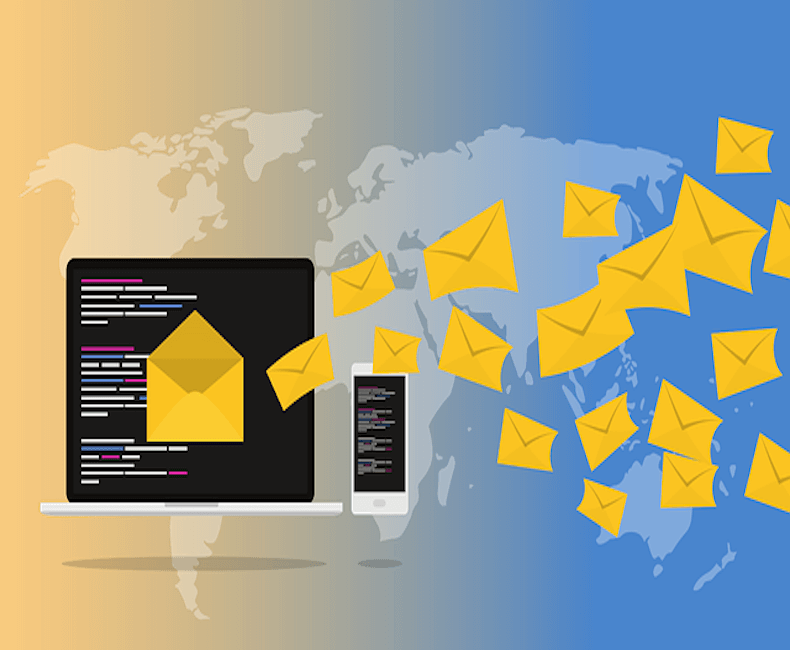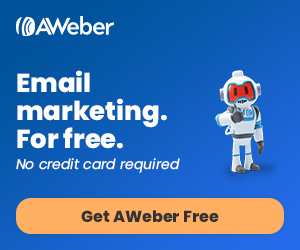How to Master Email Marketing in 2020 😍
So here’s the thing, email marketing can be complex. But how to master email marketing 🤔
Are you trying to achieve a measurable return on your email marketing investment?
Maybe you’re trying to grow or retain your email subscribers and stay compliant with all these new email regulations.
Hey, everyone, my name is rasif, and I’m a principal channel consultant working at opendesk.
And I am Working with marketing agencies and direct clients, trust me, I’ve seen a lot, and I’m here to give you to lowdown on email marketing.
I’m going to share with you solutions to common challenges marketers face, so you can start reaching your audience effectively and crush your business goals through email.
Now, I see this a lot. Some of the common challenges when it comes to email are things like making sure you’re hitting your email open rates, click-through rates, email deliverability, and staying compliant.
It all comes down to having a sharp and integrated email marketing strategy.
No matter the size of your company or marketing team, you need to have a clearly defined strategy in place to be able to reach your goals.
Experts agree that in order to build an effective email marketing strategy and get your email seen, you have to adhere to this framework.
Let’s check it out.
The three pillars you need to build an effective email marketing strategy.
They are,
- the significance of segmentation.
- the power of personalization.
- the impact of data-driven analysis.
So the first pillar, which is segmentation
It’s basically dividing your email subscribers into small segments based on a strategic set of criteria that you have determined.
Things like,
- location
- purchase history,
- or even activity on your website can work great.
Segmentation is seemingly simple, but important.
Segmentation is what helps you send the right person the right message at the right time.
Creating an inbound email experience and conversation means focusing just as much on the context of your message as the content you deliver.
The DMA, a Data and Marketing Association, found that 77% of email marketing ROI came from segmented, targeted, and triggered campaigns.
Bringing context and content together helps you write the greatest emails in the world and make sure they connect with your audience and don’t waste their time or yours.
I love that stat, that 77% of email ROI comes from segmentation.
But now you may be wondering, how do we actually get started with segmentation?
Let’s check this out.
Segmentation at its core brings together two key inbound concepts: buyer personas and the buyer’s journey.
Sending the right email at the right time to the right person means knowing who that person is and where they are in the buyer’s journey.
Buyer personas are semi-fictional representations of your ideal customer based on real data and some select educated speculation about customer demographics, behavior patterns, motivations, and goals.
And the buyer’s journey is the active research process someone goes through leading up to a purchase.
The buyer’s journey is made up of three stages:
- the awareness stage,
- the consideration stage,
- and the decision stage.
The second pillar is personalization.
Customers now kind of expect personalization in all marketing they get from modern companies.
It’s just no longer an option.
In email, personalization is when you can use your subscriber data to make your email feel customized for your subscribers, making it more intimate and relevant.
Personalization is so much more than adding the first name of the recipient to your email.
It’s about creating a contextualized and individual experience.
While there are many channels that’ll allow you to do this, and more and more created each day.
Email is a channel that continues to offer so much room for creativity and experimentation, and developing that highly personalized experience.
Email personalization is basically like having a personal concierge for every person that interacts with your brand based on actions that they take.
How cool would that be?

There’s a word for that, by the way, which we all should know.
It’s behavioral email.
Behavioral email is defined as the practice of sending automated, targeted emails to your contacts based on the historical interactions they’ve had with your company across channels.
And when you send behavioral email, you’re creating a highly personal experience for your contacts.
One of my favorite examples is OpenTable.
They make it easy to make reservations online, but they also remember your favorite restaurants and help you discover new ones based on your user reviews and your past reservations.
How cool is that?
Another great one comes from Spotify.
They send behavioral email to fans that love certain artists.
And they surprise them by giving them exclusive access to presales and other goodies from the artist.
This brings us to our last pillar.
The impact of data-driven analysis.
In a world that is always changing, where your customers are always changing the way they live and work, analysis helps you evolve with them and not be left behind.
By analyzing your emails consistently and having emails as one of the core parts of your inbound strategy, you will give your customers what they need to continue the conversation with you.
So how do you actually get started with that?
To implement data-driven analysis into your email marketing, you will want to keep in mind this framework.
First, track the metrics that matter.
This will be different for you in your business than me in my business.
Second, understand what those metrics indicate about the success of your emails.
what is moving and improving versus what is slowing down.
And then third, apply what you’ve learned to optimize and improve each email that you send.
Email marketing is a powerful tool. If you think it’s a bit difficult managing your emails. Contact us we will help you. So please click this link.










